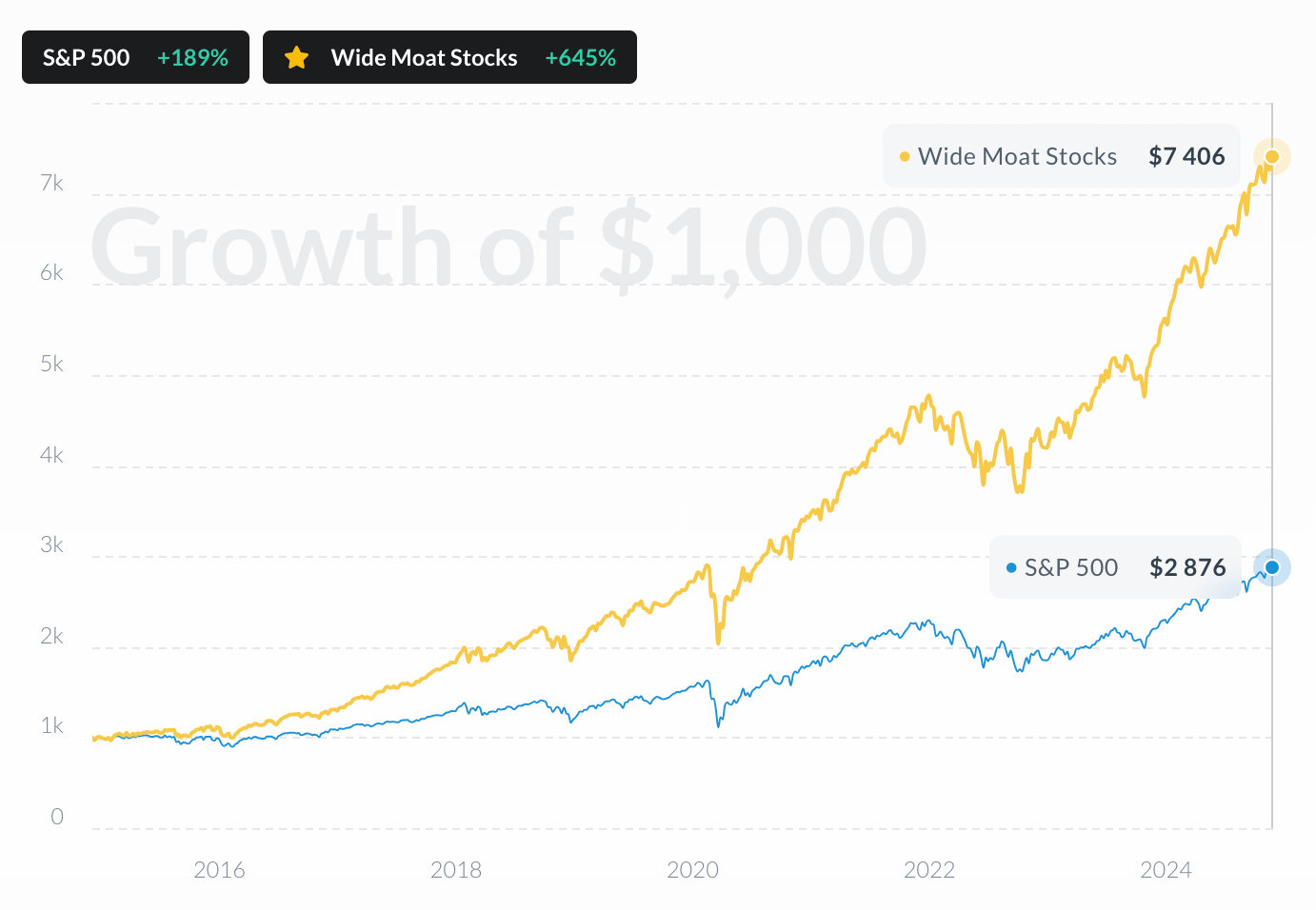 AMD
vs
AMD
vs
 S&P 500
S&P 500
 AMD
AMD
 S&P 500
S&P 500
Over the past 12 months, AMD has significantly outperformed S&P 500, delivering a return of +71% compared to the S&P 500's +14% growth.
Stocks Performance
AMD vs S&P 500

Performance Gap
AMD vs S&P 500

Performance By Year
AMD vs S&P 500

Compare the stock's returns with its benchmark index and competitors. Gain insights into its relative performance over time.
Advanced Micro Devices Inc
Glance View
In the dynamic world of semiconductor manufacturing, Advanced Micro Devices, Inc. (AMD) stands as a formidable player, innovating relentlessly in the high-tech landscape. Founded in 1969, AMD has steadily carved out a prominent position in the marketplace by delivering cutting-edge microprocessors, graphics processing units (GPUs), and related technologies. The company's journey can be likened to a strategic chess game, where each move is meticulously planned to outwit larger rivals like Intel and NVIDIA. The core of AMD's business revolves around designing and selling advanced computer processors and graphics technologies used in everything from laptops and gaming consoles to servers and workstations. By leveraging its state-of-the-art architecture, notably the "Zen" core, AMD has managed to capture market share and redefine performance standards across various computing platforms. Under the leadership of CEO Dr. Lisa Su, AMD has shifted its focus towards high-performance computing and visualization. This pivot has been instrumental in the company's recent revenue growth. Their business model primarily hinges on licensing intellectual properties and selling integrated circuits to computer manufacturers and data centers, which are increasingly pivotal in today’s cloud-centric environment. AMD's revenue streams are primarily derived from two segments: Computing and Graphics, and Enterprise, Embedded, and Semi-Custom. The former focuses on consumer products such as PCs and graphics cards, while the latter abstracts the lucrative server and embedded solutions space. This dual-segment strategy not only diversifies AMD's offerings but also insulates it from the volatility sometimes observed in the consumer electronics market, allowing it to thrive even as macroeconomic challenges persist.






































